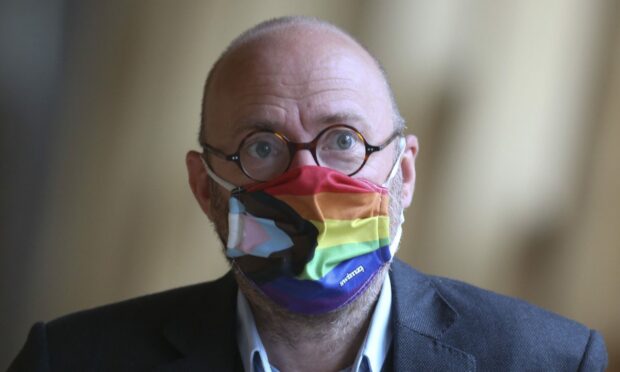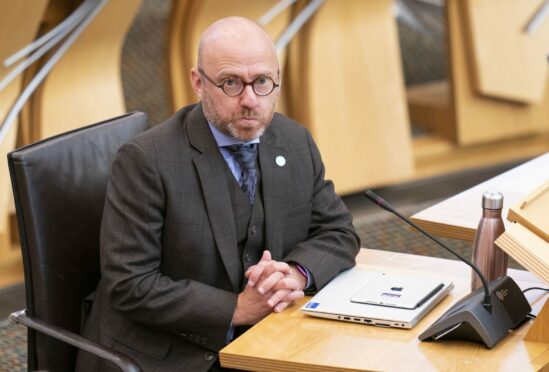Homeowners across Scotland will need to make sure their homes meet strict new energy efficiency standards in just four years’ time.
Patrick Harvie, minister for zero carbon buildings, says homeowners will need to ensure their homes meet EPC band ‘C’ standards by 2025 if they want to sell up or bring in new tenants.
He made the comments while unveiling the Scottish Government’s new heat in buildings strategy, which says all homes in Scotland must convert to zero emissions by 2045 to help meet climate change targets.
Mr Harvie says the new energy efficiency standards set out in the strategy will need to be met by private rented landlords by 2028, and by all homeowners by 2033.
‘All homes will have to reach this standard’
Mr Harvie says it is essential to set out this new strategy ahead of COP26, the UN climate change summit which is taking place in Glasgow later this month.
Speaking at Holyrood, he said: “We will bring forward a framework of regulations setting clear standards for property owners for all tenures and building types.
“Our regulatory framework will build on existing standards requiring action on both energy efficiency and zero emissions heating.
“We will introduce regulation in 2025 requiring all homes to reach a good level of energy efficiency – EPC ‘C’ or equivalent – for example at point of sale or change of tenancy.
“All homes have to reach this standard by backstop date 2033 and the private rented sector has an earlier backstop of 2028.
“This will support our commitment to phasing out the need to install fossil fuel boilers in off-gas properties by 2025 and in on-gas areas from 2030, to the extent devolved powers allow.”
The targets set out mean over one million homes and 50,000 non-domestic buildings will need to transition to zero emissions by 2030.
It also claims to create 16,400 jobs through the need for different heating sources by 2030.
‘It can’t all come from public funds’
The new strategy says £33 billion will be needed to decarbonise heating across Scotland, with homeowners expected to pick up some of the bill.
Getting ready to deliver my first Ministerial Statement. Zero carbon heating and energy efficiency will both be critical for tackling fuel poverty and the climate emergency, and the cooperation agreement with the @scottishgreens will lead the way with at least £1.8bn investment. pic.twitter.com/Om31klGNlG
— Patrick Harvie 🇪🇺🌈 (@patrickharvie) October 7, 2021
At least £1.8bn of government funding will be made available in this parliamentary term, however this will not be enough to cover the cost as investment will need to peak at up to £2.5bn by the end of this decade to meet these standards.
In response to a question by Labour MSP Mark Griffin, Mr Harvie said: “Can I tell every homeowner what the precise share of investment is going to be between now and 2045 for every private home?
“No, of course I can’t do that.
“What we are doing is committing to ensure that we’re looking at a wide range of sources for that investment.
“It can’t all come from public funds.
“Even I might blanche at the idea if [Mr Griffin] comes forward with a proposal for a £33bn tax rise so we can fund it all from public sources.”

